After nearly a year of hard work, the cassia tree is now ready for harvest. Cassia growers in particular and the Binh Lu vermicelli making village in Tam Duong district, Lai Chau province are bustling again with the cassia vermicelli making season to serve consumers during the Lunar New Year 2025. Muong Khuong is district 30a of Lao Cai province, with about 90% of the population being ethnic minorities. In recent times, the district has been focusing on developing agriculture in the direction of commodities. Thanks to that, people's lives and incomes have gradually improved. On the afternoon of January 11, at the Government Headquarters, Prime Minister Pham Minh Chinh, Head of the Government's Steering Committee on "summarizing the implementation of Resolution No. 18-NQ/TW of the 12th Central Committee on continuing to innovate and reorganize the apparatus of the political system to be streamlined and operate effectively and efficiently" chaired the ninth meeting of the Steering Committee. In December, when peach and plum gardens bloom in the sweet cold of the Northwestern highlands, it is also the time when the Mong people prepare to celebrate their traditional New Year. During Tet, the Mong people still preserve unique cultural features in customs and practices, especially culinary culture. After nearly a year of hard work, the arrowroot trees are now ready for harvest. The cassava growers in particular and the Binh Lu vermicelli making village in Tam Duong district, Lai Chau province have started to bustle again in the cassava vermicelli making season to serve consumers during the Lunar New Year 2025. Ly Van Quang, a Nung ethnic group, living in Yen Binh block, Binh Gia town, Lang Son province, was not as lucky as his peers. From a young age, Quang suffered from brittle bone disease, so he encountered many difficulties in life. Overcoming the events and pessimism about his illness, Ly Van Quang found a positive truth in life, which is to maintain and promote the value of the craft of sewing and embroidering costumes to serve the religious activities of the Tay and Nung ethnic groups. Lang Son, a land of many ethnic groups with unique customs and practices. In particular, the Dao ethnic group has many unique and distinctive cultural features, expressed through costumes, folk beliefs, customs, folk songs, folk dances, etc. This is a valuable resource contributing to the development of tourism in Lang Son. In the last days of the year, when the breath of spring has filled the mountains and forests, it is also the time when the green color of rice fields, the fields of cassava and the crisp laughter of the people in the Khe Sanh Economic - Defense Zone (KT-QP) in Quang Tri echoes among the border mountains and forests. This is a vivid proof of the effectiveness of the model "Army attached to the villagers", which has been deployed by Economic - Defense Group 337 for more than two years in Sub-Project 3 under the National Target Program. General news of the Ethnic and Development Newspaper. This morning's news on January 11, 2025, has the following notable information: Welcoming Spring early in the Dak Lak border area. Cashless payment in the border district. Ba Na village prepares to celebrate Tet. Along with other news in the ethnic minority and mountainous areas. Nam An village, Tan Thanh commune, Bac Quang district, Ha Giang province is located next to the primeval forest, at an altitude of nearly 800m above sea level. This place not only has the specialty of Shan Tuyet ancient tea but also has the profession of raising sturgeon, a new profession with high economic efficiency. Continuing the working trip to the southwestern provinces, on the afternoon of January 11, the Central Working Group led by the member of the Party Central Committee, Minister, Chairman of the Ethnic Minorities Committee (EC) Hau A Lenh visited and presented gifts to former Deputy Minister, Vice Chairman of the Ethnic Minorities Committee Son Phuoc Hoan on the occasion of the Lunar New Year At Ty. Accompanying him were Party Central Committee member, Chairman of the National Assembly's Ethnic Council Y Thanh Ha Nie K'Dam and representatives of the leadership of the Office of the Ethnic Committee, the Department of Local Ethnic Affairs (Can Tho section) under the Ethnic Committee. The Border Guard Command of Quang Ninh province coordinated with the Vietnam Fatherland Front Committee of the province and Mong Cai city to organize the program "Border Spring Warms the Hearts of the Villagers" Lunar New Year 2025 at the Po Hen National Historical Site (Mong Cai city). Dien Bien is a mountainous province, the northernmost border... most of the population are ethnic minorities. Dien Bien is also a land with many ancient bronze drums. To learn and explain the origin and source of the bronze drum, I met with experts to decode the "message" from the relic. On January 11, in Hanoi, the National Political Publishing House, Truth, in collaboration with the Ethnic Committee, organized the book launch event: Travel: Colorful costumes of women of Vietnamese ethnic groups. This book by author Nguyen Bong Mai is published in both Vietnamese and English.
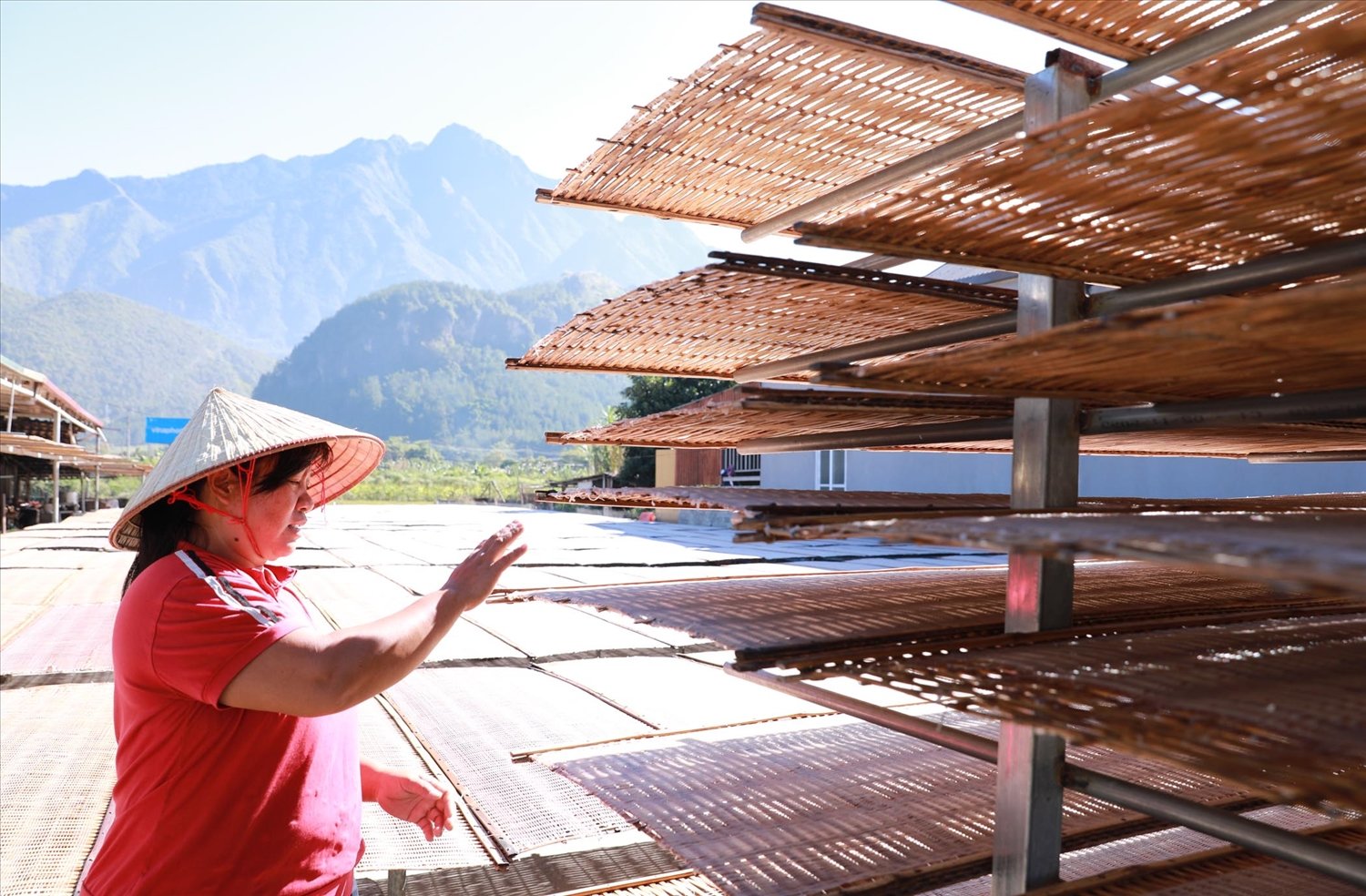
In the winter weather mixed with drizzle, the working atmosphere in Binh Lu commune is still going on enthusiastically. It is the main harvest season, in all the fields of Hoa Lu, Van Binh, Thong Nhat, Km2 village, Toong Pan, farmers are busy harvesting cassava. The laughter mixed with joy and excitement is clearly visible on the faces of each person about the successful cassava crop.
Visiting the family of Mr. Nguyen Duy Hanh, Km2 village, we learned that his family has been making vermicelli since the 80s of the last century. According to Mr. Hanh, in the past, growing the old variety of cassava was difficult and fragmented with low productivity. Since 2010, when the new cassava variety was available, he has planted about 6,000 square meters. This harvest, his family has harvested about 25 tons of fresh tubers, minus the cost of seeds and fertilizers, earning over 50 million VND. “Growing cassava is hard work, but in return, the income is 2-3 times higher than rice, and the care time is only busy at the beginning. In addition, each year my family processes about 13 tons of dried vermicelli to sell in the province and nationwide. My family also participates in the Cooperative to build the OCOP product of Binh Lu 3-star cassava vermicelli. Each year, the family's income is about 200 million VND, after deducting expenses,” Mr. Nguyen Duy Hanh informed.
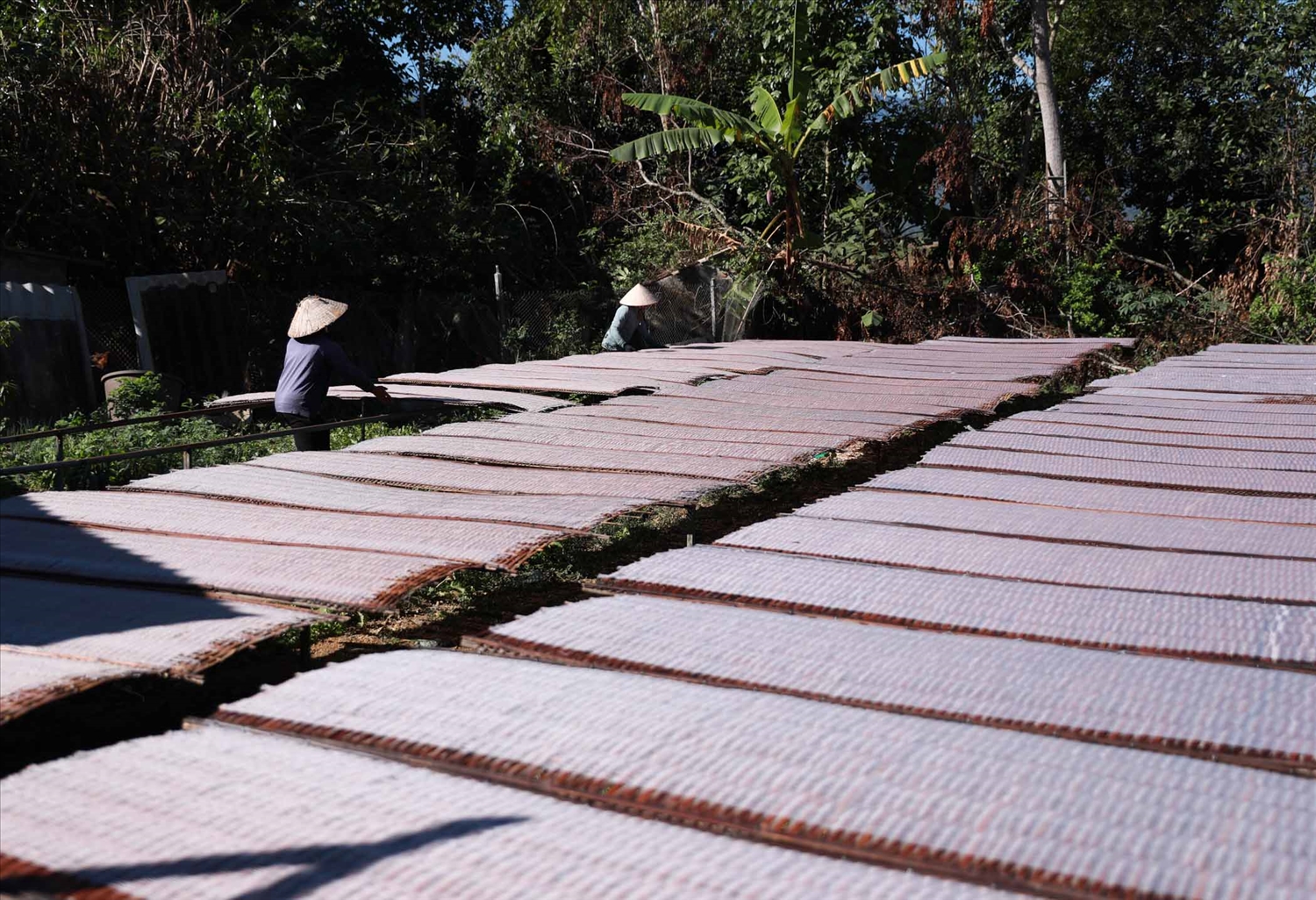
Before 2021, Mr. Lu Kim Son's family in Then Thau village, Binh Lu commune, grew rice in two crops. By 2022, he decided to switch to growing arrowroot. Mr. Son calculated that before, when growing rice in both crops, his family harvested 1.2 tons of rice, after deducting all expenses, the profit was only 1.2 million VND. With the same area, when growing arrowroot, Mr. Son earned a total of 27 million VND, after deducting expenses, the profit was up to 12 million VND.
These days, vermicelli production facilities in Binh Lu commune are mobilizing maximum human resources, investing in modern technology, and applying scientific and technical advances in production to meet consumer demand. Mrs. Tran Thi Huong's family in Toong Pan village, Binh Lu commune has been involved in the traditional vermicelli making profession for 34 years. This side job has helped her family earn more income. Mrs. Huong shared: Taking advantage of the warm and sunny weather, since the beginning of November, her family has started producing vermicelli. Every day, the family produces 1.3 quintals of vermicelli, selling as much as they produce. Mrs. Huong's vermicelli products are small, chewy, and delicious, and are favored by many consumers.
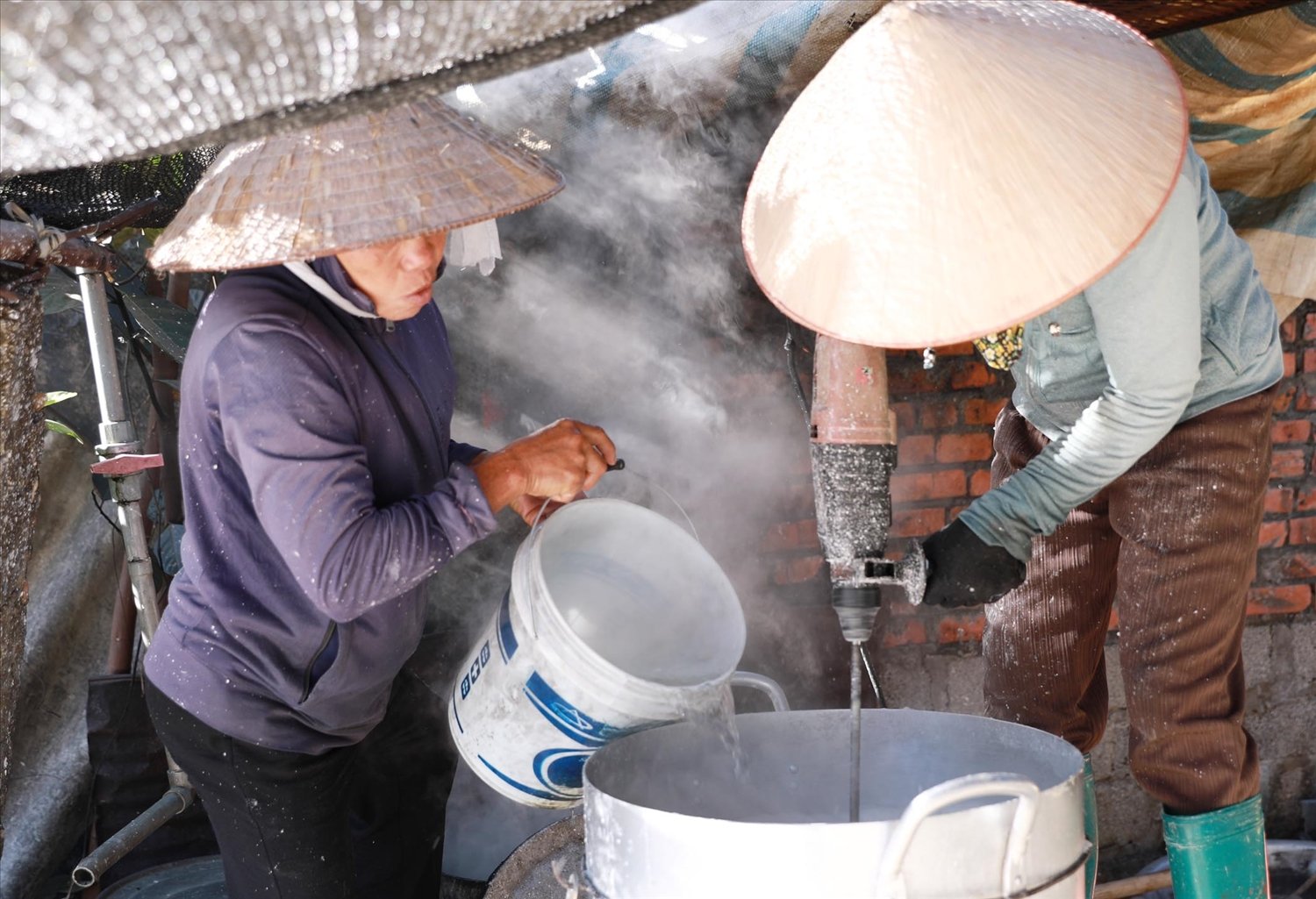
To improve the productivity and quality of vermicelli, at the end of 2023, Vung Tam vermicelli production cooperative in Toong Pan village invested in a solid vermicelli production factory and drying area, with a total area of nearly 900m2 . In particular, the facility has invested in a modern machinery system including: Boiler to provide heat for the drying system, coating machine, drying rack, slicing machine, strand drying room... to create different types of large and small vermicelli strands. To make more than 3 tons of flour, the machine must run continuously for 9-10 hours, 2 technical staff regularly monitor to check and supervise to ensure quality.
Mr. Do Tuan Tam, Director of Vung Tam Cooperative, Binh Lu Commune said: “Vung Tam vermicelli products are carefully packaged, beautifully designed, have stamps, labels, full information about production date, expiry date, instructions for use... creating trust from customers. Thanks to local raw materials and a modern machinery system, the facility produces 1.7-1.8 tons of vermicelli each day, the vermicelli fibers are even, beautiful, of delicious quality, and are favored by customers. To meet the demand for Tet goods, Vung Tam vermicelli production facility will produce 140-150 tons of vermicelli.”
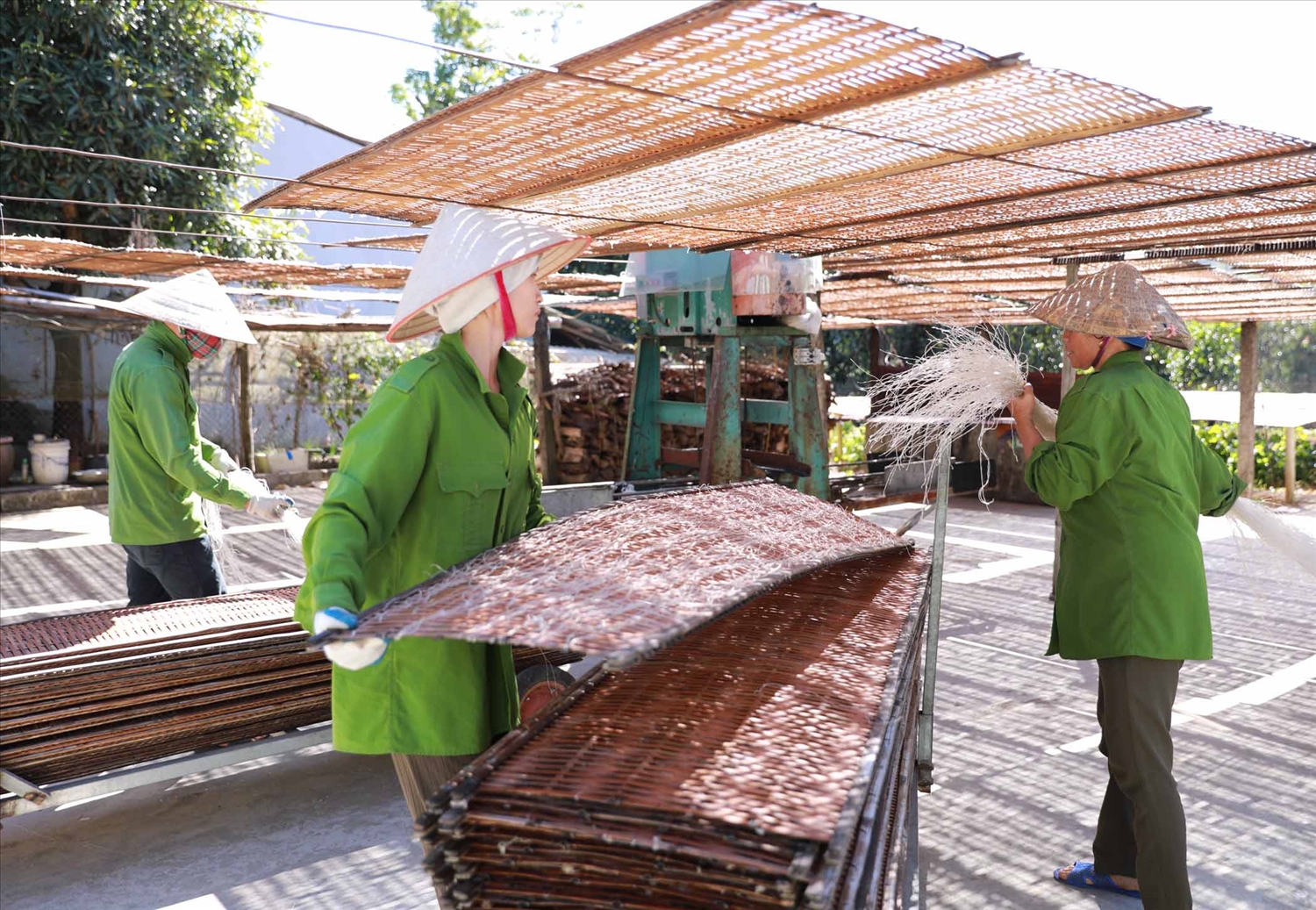
Mr. Nguyen Manh Cuong (32 years old) of Thong Nhat village, Binh Lu commune said that in order to preserve and develop his family's profession, in 2019, he decided to establish a business to produce dong vermicelli in Thong Nhat village. After 3 years, he expanded the scale to bring the product to a larger market. Accordingly, Ngoc Cuong Clean Agricultural Production and Trade Cooperative was established, launching a high-quality vermicelli product called "Gia Huy Vermicelli" with beautiful designs, straight, even, fragrant and delicious vermicelli fibers.
Mr. Nguyen Manh Cuong shared: “I focus on investing and applying science and technology in production. That is replacing traditional machines with semi-automatic fiber extruders; homemade dough mixers; replacing bamboo and reed screens with mesh screens in the process of drying finished vermicelli... Currently, the cooperative has 3 facilities producing cellophane vermicelli, exporting 26-27 tons/year to the market, deducting expenses, earning over 200 million VND in profit, creating stable jobs for 9 workers with a salary of 6 million VND/person/month”.
Currently, in Binh Lu commune, there are 2 craft villages with nearly 100 households producing dong vermicelli. Each year, production facilities in the commune supply the market with more than 200 tons of vermicelli. The product "Binh Lu dong vermicelli" has become a prestigious brand nationwide, favored and trusted by domestic and foreign consumers.
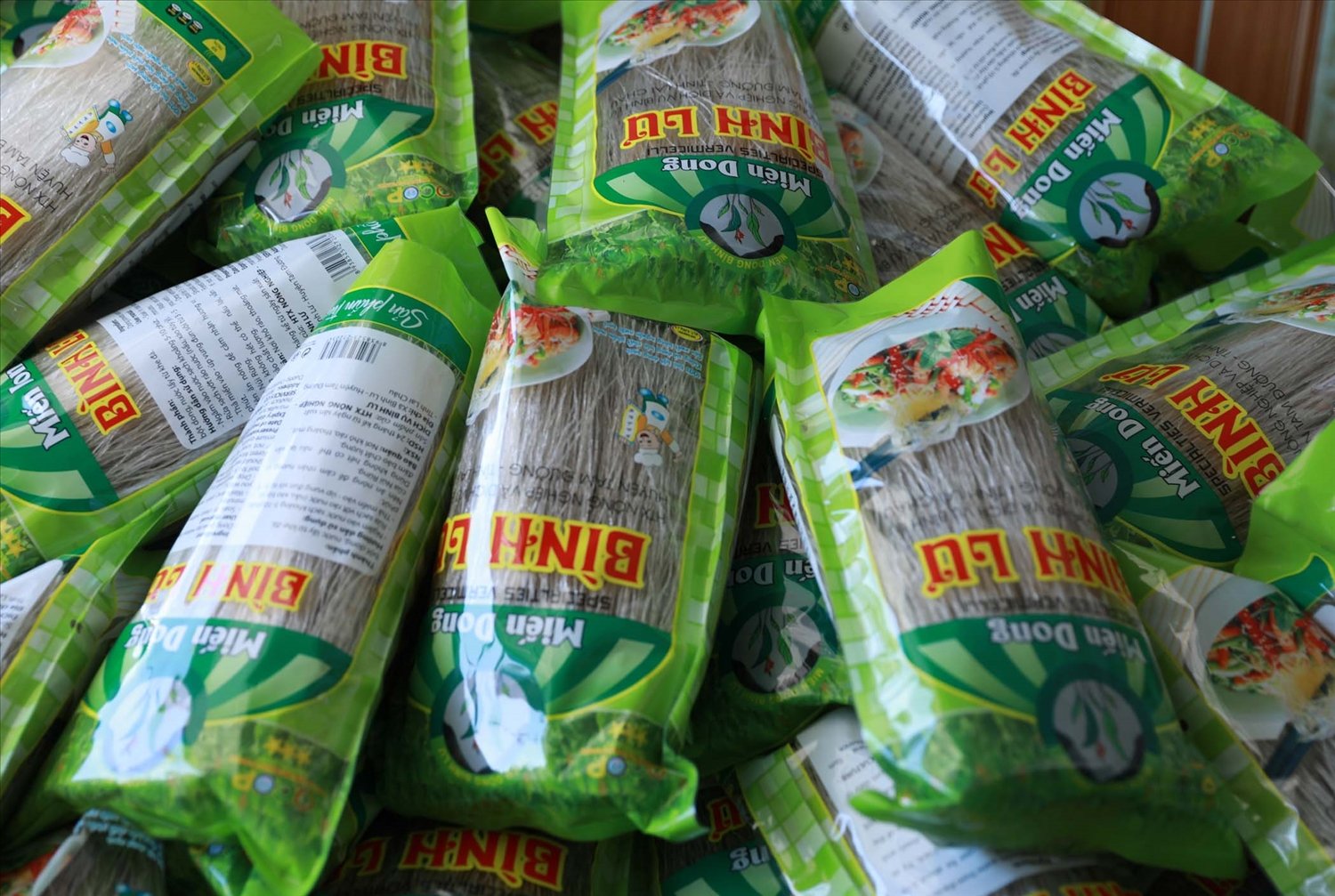
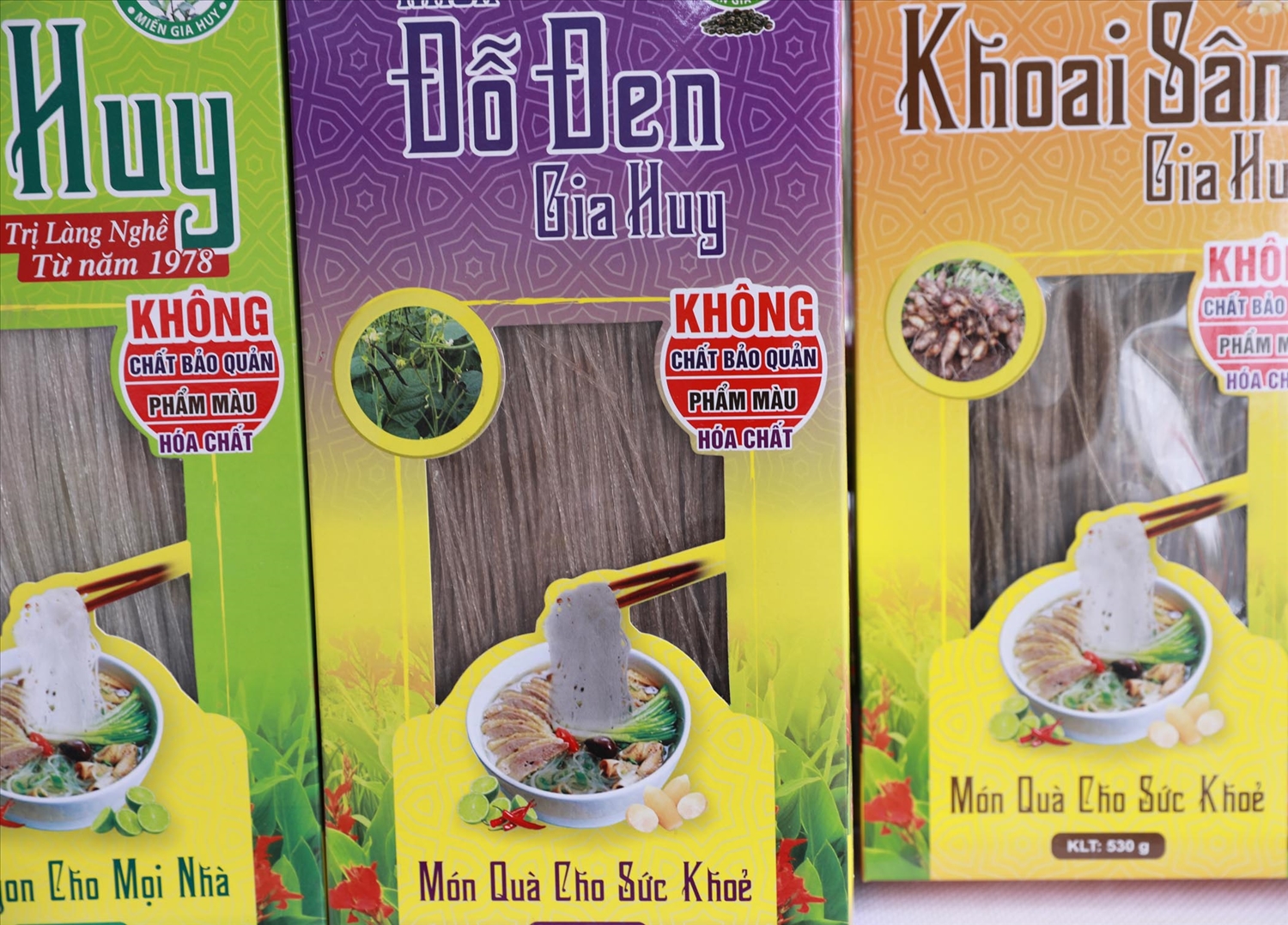
In order to improve output and quality, in recent times, Binh Lu commune has promoted propaganda and mobilized people in the commune to grow cassava, and at the same time, linked with cassava growing households in neighboring localities to provide local raw materials for the production of cassava vermicelli. Along with that, mobilized cassava vermicelli production facilities to boldly invest in modern machinery, apply scientific and technical advances in production to save time and effort, increase productivity, and meet market demand during Tet. Thanks to that, Binh Lu cassava vermicelli products ensure quality standards, food hygiene and safety, even vermicelli fibers, beautiful designs, creating a brand and a solid position in the market.
Mr. Lo Van Thang, Vice Chairman of Binh Lu Commune People's Committee, Tam Duong District shared: "In recent years, the enhancement of reputation and production output of dong vermicelli in the area has been promoted, dong vermicelli makers have quite high income. Dong rieng has been grown and attached to by local people for generations; the vermicelli products are favored by the market because of their chewy and delicious fibers. In the coming time, the commune will find ways to create conditions for households growing dong and consuming products to cooperate with each other. From there, gradually increase income, solve jobs for local people".
Source: https://baodantoc.vn/lang-mien-binh-lu-vao-vu-1735618351270.htm





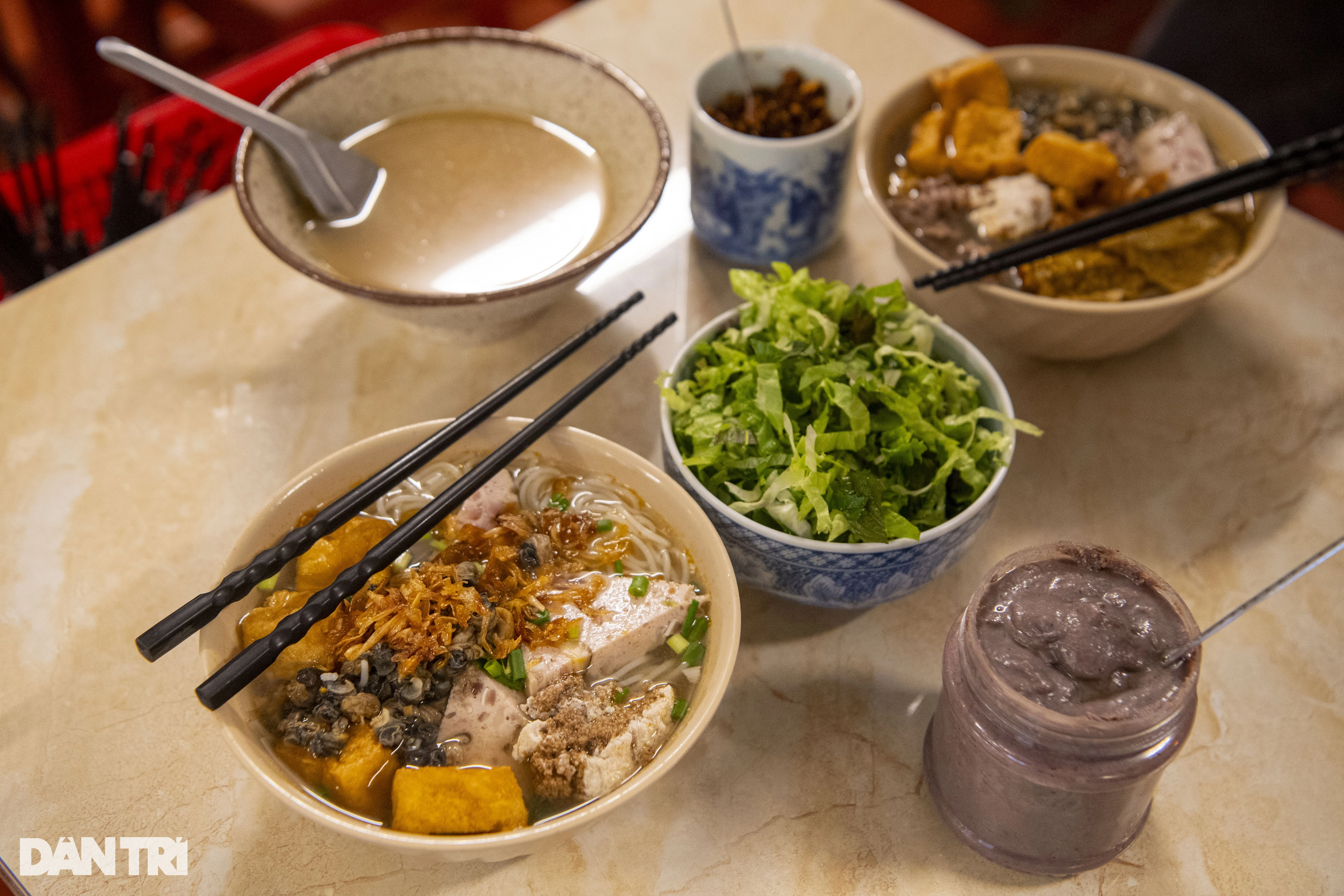





















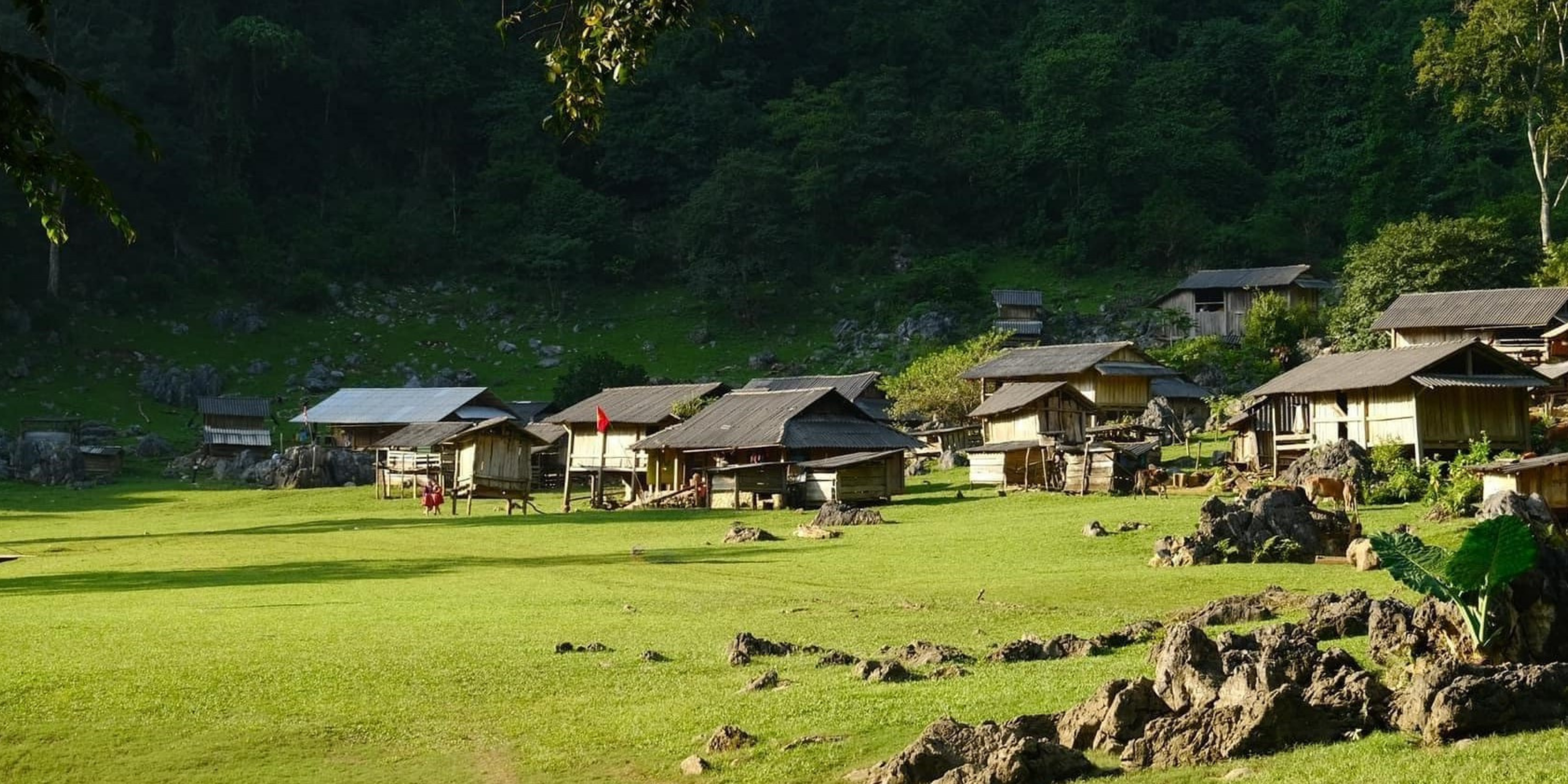
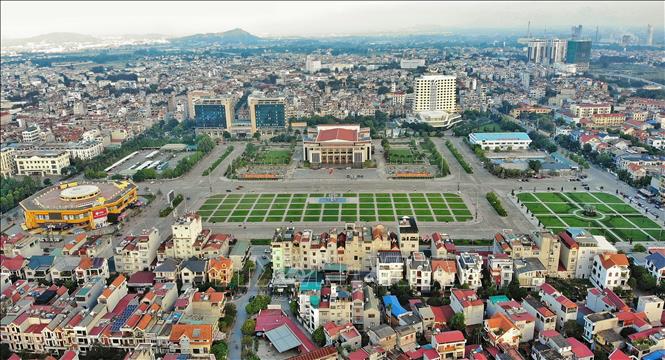
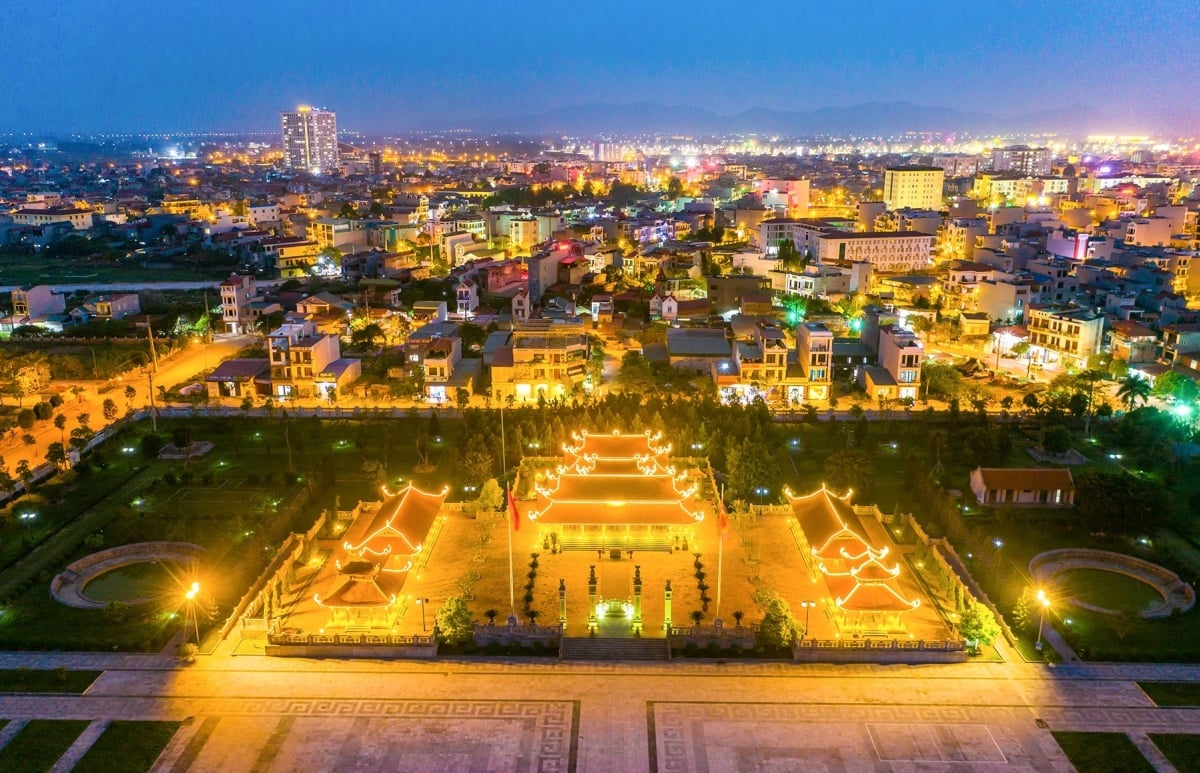
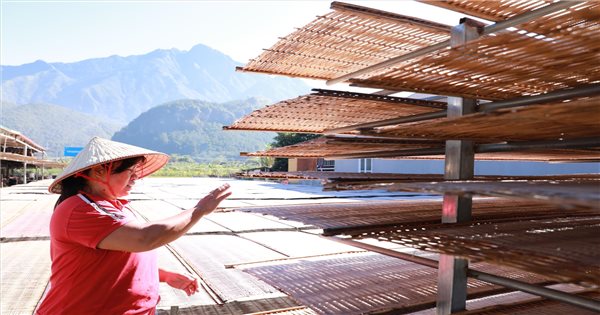
![[Photo] Bustling Xeo Village in the cassava harvest season](https://vstatic.vietnam.vn/vietnam/resource/IMAGE/2025/1/23/d76982a275154ecd8b045b98d6c3b87d)
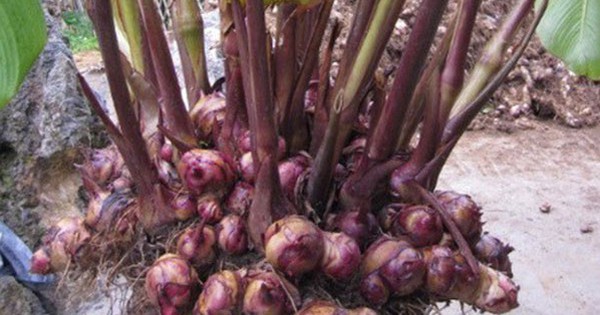

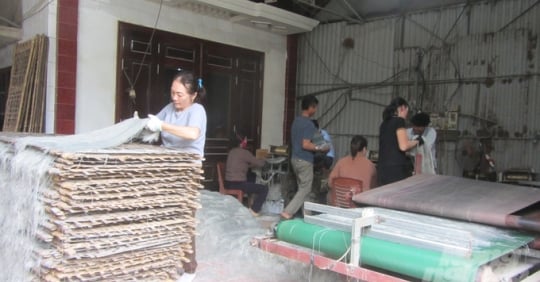

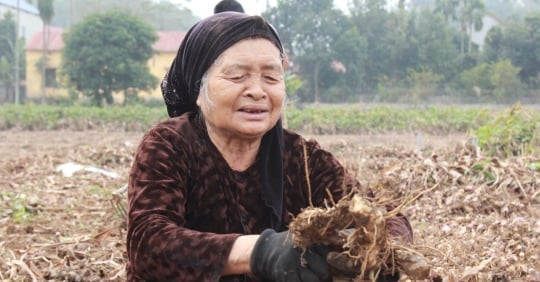

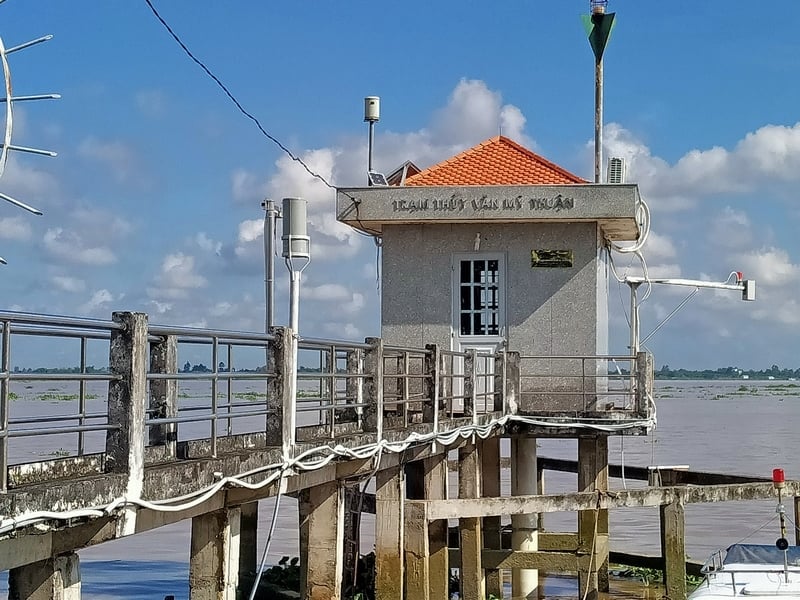
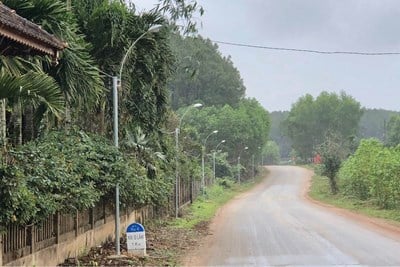
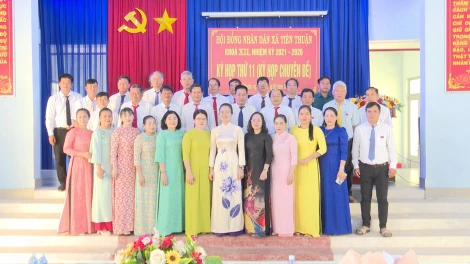
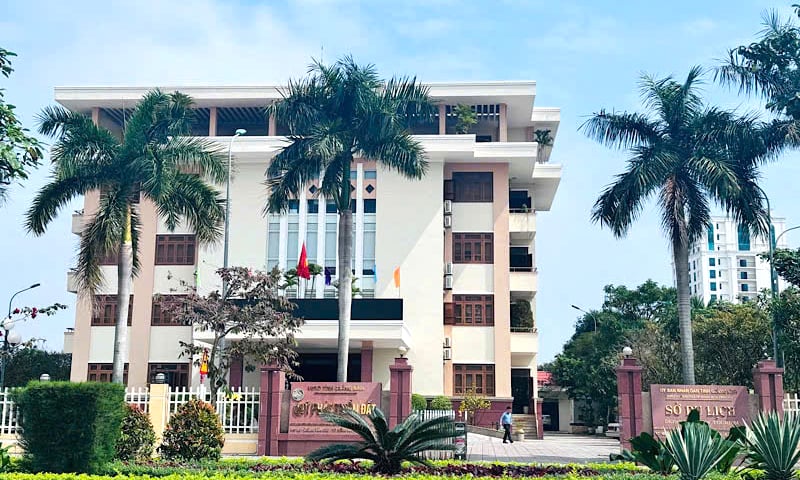
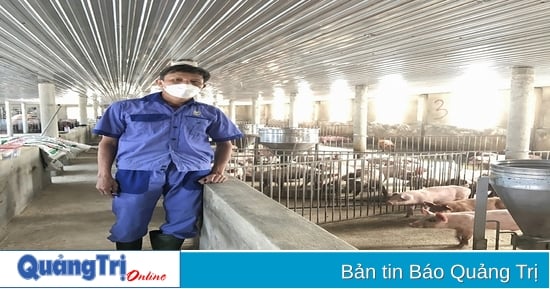
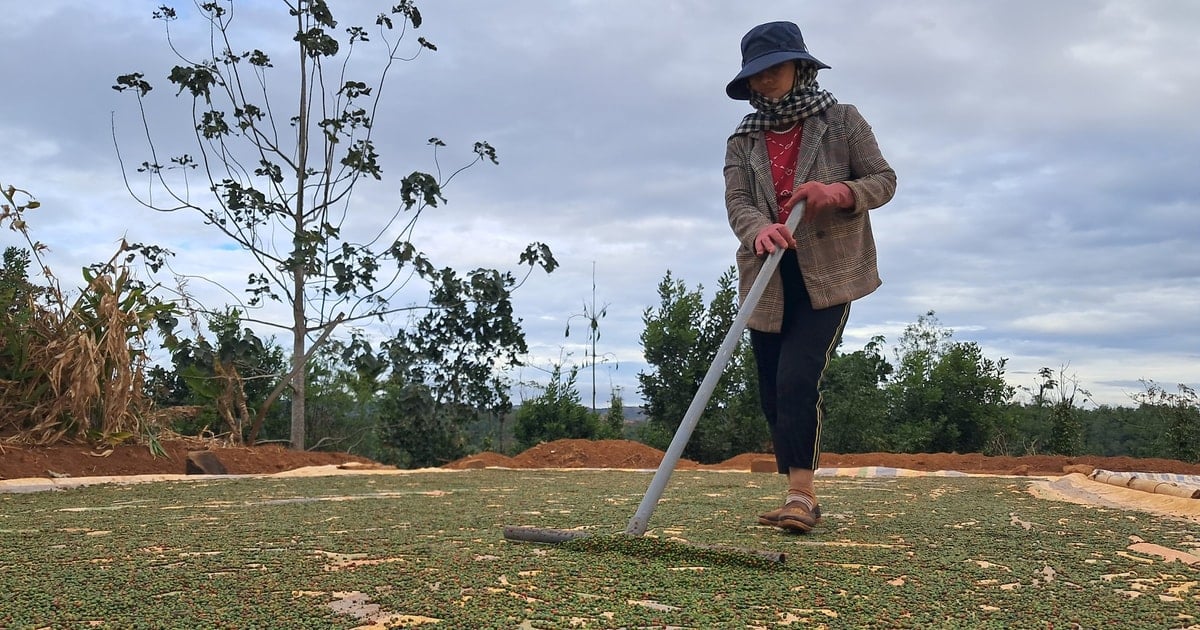

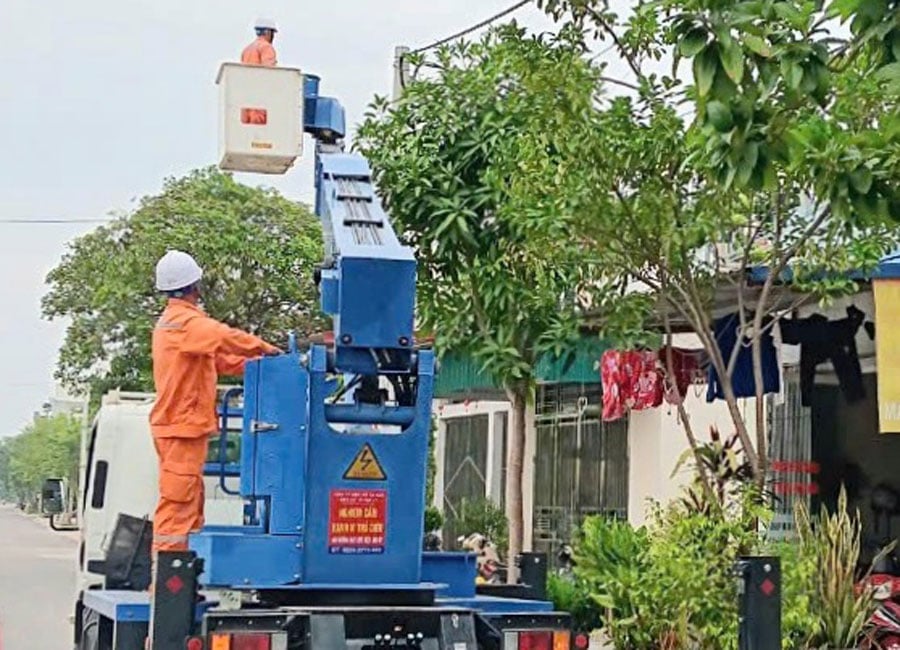
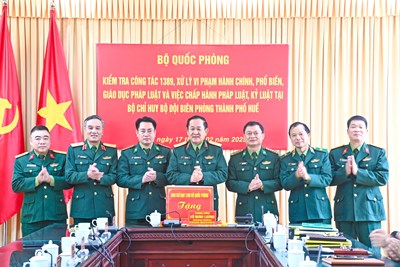




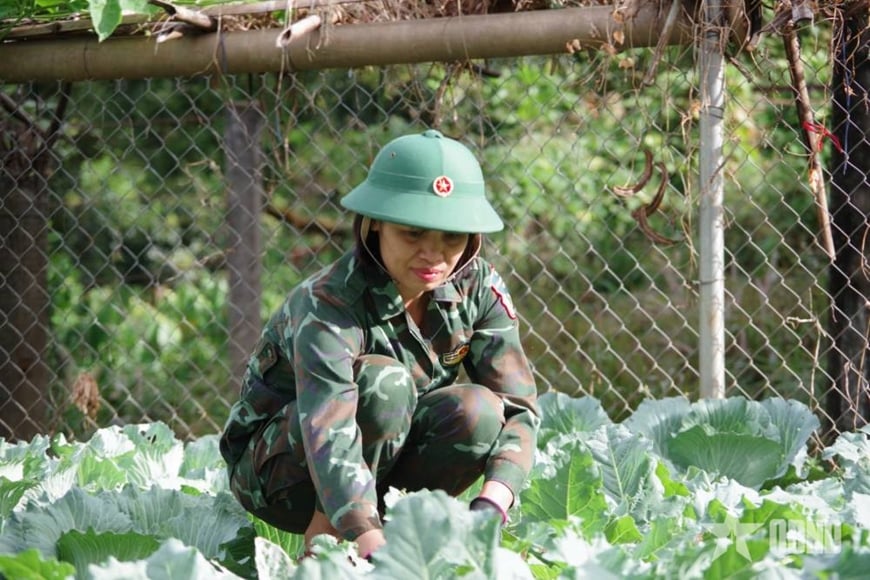








Comment (0)